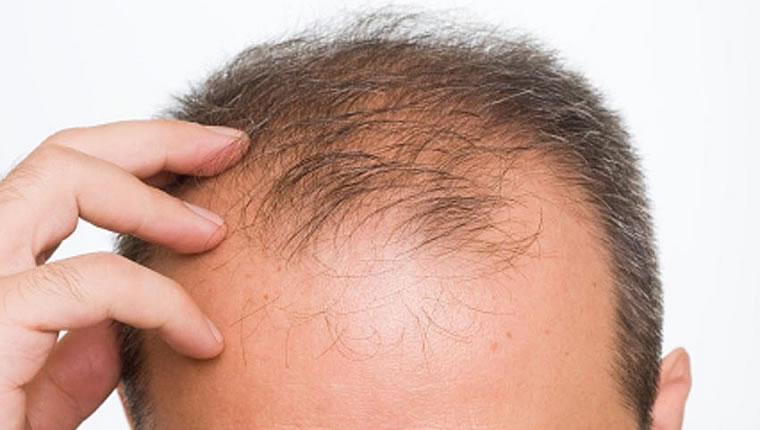Hair fall is a very common problem that almost everyone has to face these days at some point of their life. At times the rate of hair fall is so high that it leads to partial or complete baldness. This can be a result of stressful lifestyle accompanied by poor diet, climatic conditions etc. Some illnesses like cancer and thyroid disorder can also be responsible for increased hair fall. Nowadays the different treatments that are available for fighting baldness include medicines, both topical and oral, pigmentation, hair transplant etc. In Hair transplant, which is performed by a dermatological surgeon, hair follicles are removed from one portion of the body and are implanted on the bald spots.
Who can undergo hair transplant?
Capillary transplant is most suitable for men who are suffering from pattern baldness as well as women who have acute hair fall. Moreover, people who have lost a portion of their hair due to any scalp injury can opt for this procedure to restore their lost hair. However, if the hair loss is due to the side of any medicine like chemotherapy then this process is not advisable. People who are prone to form thick scars after surgery must stay away from hair transplant.
Procedure of hair transplant:
The process of transplante capilar starts with a complete cleanup of the scalp. After that the portion of the head where the surgery will be performed is numbed with the help of local anaesthesia. A round portion of the scalp covered with hair is removed and that portion is separated into small sections with the help of magnifying lenses and sharp surgical knife. After that tiny pores are made on the part that will receive hair transplant and the hair will be placed in these pores. In one session the surgeon transplants more than hundreds of strands of hair and takes at least four hours.
Results of hair transplant:
After undergoing hair transplant one might feel more confident and younger as the hair that was lost once is regained again. The transplanted hair might fall out two or three weeks after the surgery paving the way of growth of new hair in their place.
Types of hair transplant:
There are different types of hair transplant procedure such as:
-
Follicular Unit Extraction: in this procedure individual hair strands are removed from the donor part and are planted in the recipient part of the body.
-
Follicular Unit Transplant: First the hair follicles are removed from the back of the head and are separated into grafts and implanted into the balding areas of the scalp.
-
Eyebrow transplant: eyebrows have a significant effect on the facial features. Eye brow transplant naturally thickens the eyebrows and enhances the overall appearance.
-
Beard transplant: This type of transplant is helpful for raising the amount of facial hair.
-
Body hair transplant: In this procedure hair from one part of the body is transferred to another part or to the balding areas of the scalp.
Side effects and risks involved
There are some minor side effects of hair transplant which can be cured within a short period. Some of the side effects are infection, bleeding, inflammation of the scalp and itching in the treated areas.


